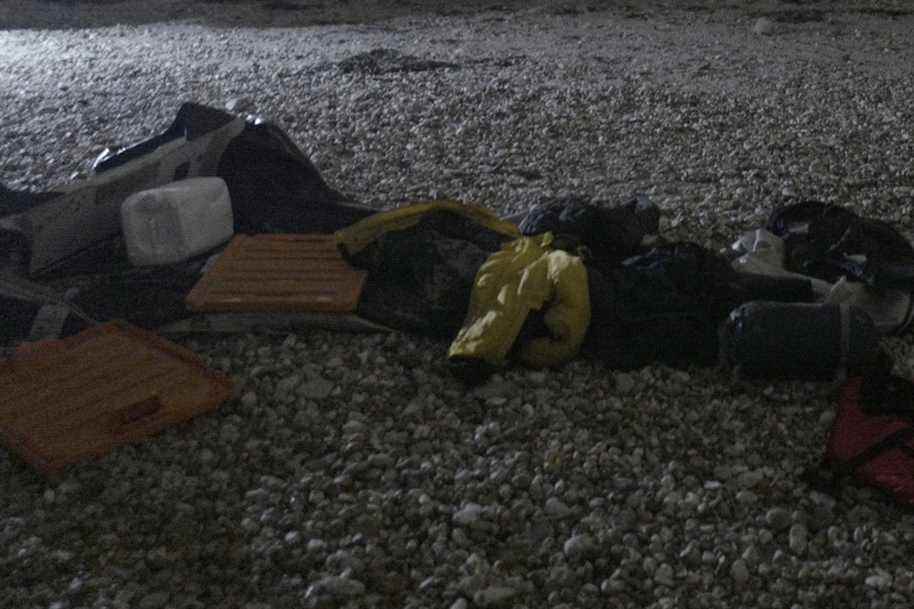(Calais) Who were they? And, above all, what will become of their bodies? Since the murderous sinking of migrants in the Channel, small hands, often mandated by grieving relatives, have embarked on a meticulous search to identify the victims and offer them a “dignified” burial.
Phone in hand, Jan Kakar entered the mortuary in Lille on Friday afternoon, in the north of France, two days after the drama of unprecedented magnitude which caused the death of 27 candidates for exile to Great Britain. Brittany.
It is here that the recovered corpses were transported for autopsy. In the hours that followed, Jan Kakar, president of an Afghan association in Paris, began to receive photos and messages on his phone, which he scrolled through.
Information transmitted by eight Afghan families, convinced that a son, a brother, a cousin was on the boat, whose circumstances of the sinking are still unclear.
This young man with raven hair all smiles in an orange T-shirt, of which he received a picture, was he really one of the victims?
This is what Jan Kakar came to verify, to whom the families, who still cling to the tiny hope of an error, will then give the instructions: to repatriate the bodies to Afghanistan, or to bury them there.
He has few illusions: “They have brothers or relatives who are in the camps in Calais and who have already confirmed that they were indeed part of it,” he explains at the entrance to the morgue.
“A real investigation”
For the moment, access to the bodies is refused, for lack of agreement from the judicial chain.
“It will take at least a week, maybe two”, estimates Samad Akrach, head of the Tahara association which buries the destitute and migrants free of charge all year round.
Anyone whose identity is unknown is placed in a temporary vault. Then, if for five years no member of the family claims the body, the bones are placed in an ossuary or cremated, he explains.
“We don’t want that: we think everyone deserves to be buried with dignity! “.
“It is a real investigation that we are conducting,” said Samad Akrach.
Especially since for the time being, nothing has officially filtered out on the identities and journeys of the castaways, not even their nationalities.
Solicited, the Paris prosecutor’s office was not able to communicate immediately, after resuming the case Thursday evening under its national competence in the fight against organized crime of very great complexity.
Social networks
Migrants crossed by AFP on the northern coast and claiming to have shared the last days of the victims, claim that they are Iraqi Kurds, Iranians and Afghans.
As with every death on the border with the United Kingdom, members of associations, activists and local goodwill, will go to the camps to do ant work.
They have called themselves the “death group” since 2017, when they came together to “give back an identity” to the exiles and prevent them from being buried under X.
Except that the small circle, used to mobilizing on one or two cases – Wednesday, he buried a castaway of November 4 -, finds itself helpless in the face of the scale of the task.
“27? But how are we going to do it? “, Panics Mariam Guerey, a volunteer at the origin of the collective, hanging on social networks where information from relatives often emerges.
“We hope that for once the State will know how to mobilize”, because “it is an enormous work which is announced”, abounds Juliette Delaplace, member of the group and local person in charge of the Catholic Relief, in her reception center of a day to which exiles regularly turn after a tragedy.
Jan Kakar and Samad Akrach, for their part, are now stepping in with the authorities, in the neighboring town of Coquelles, to obtain access to the bodies as quickly as possible. In this kind of situation, they underline with a voice, it is a “race against the clock”.
